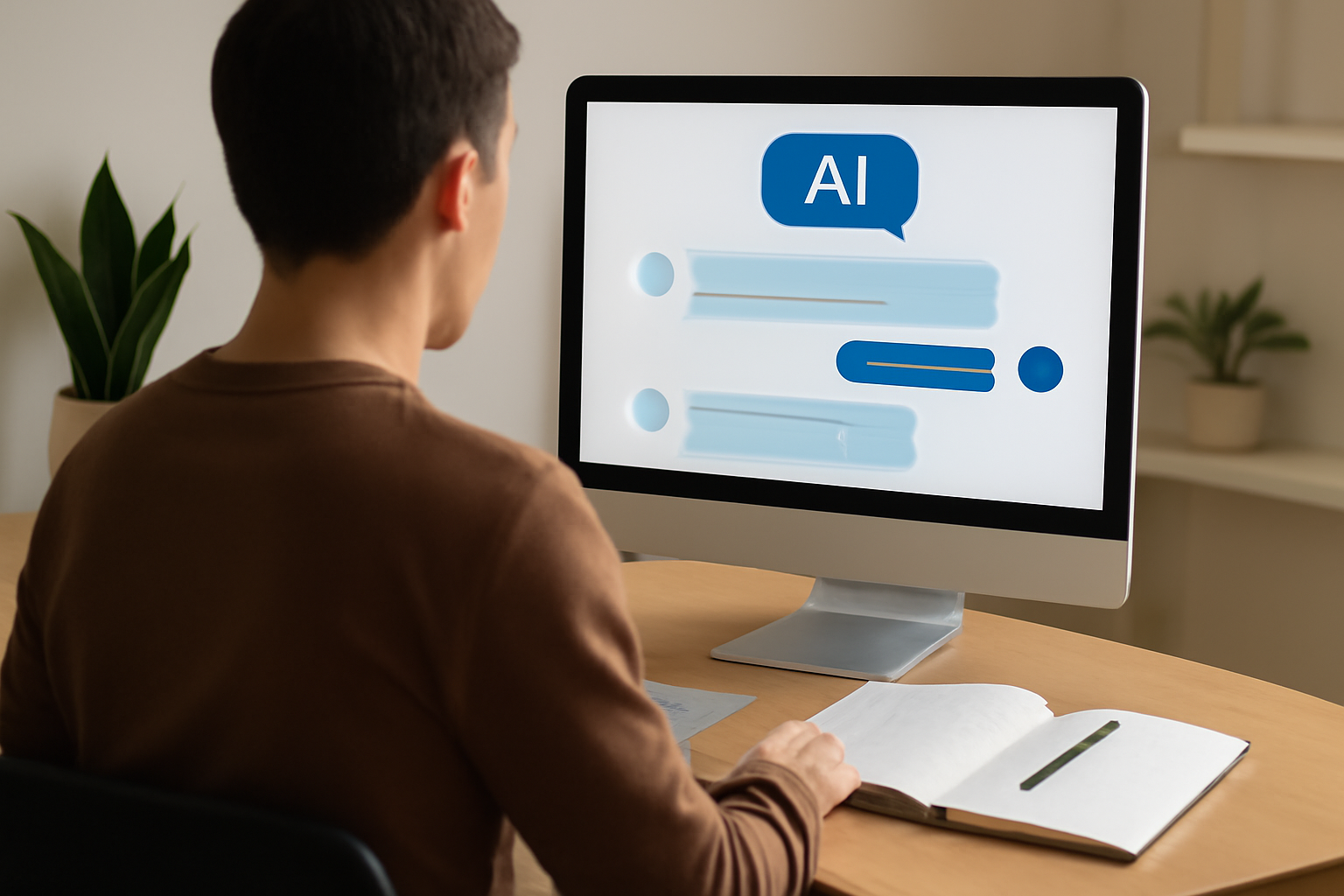“`html
How to Use Generative AI Once You’ve Got Access
Before we dive in, here’s a quick overview: Generative AI, powered by models like OpenAI’s groundbreaking ChatGPT, represents a new wave in artificial intelligence. These tools can generate human-like text, assist with writing, answer questions, and much more — all in real time.
What Is Generative AI?
Simply put, generative AI refers to systems that can create content — whether that’s text, images, music, or code — often based on prompts provided by users. Unlike traditional AI, which might analyze data or make predictions, generative AI brings creativity into the mix.
Once you have access to a generative AI platform (for example, OpenAI’s ChatGPT), you’re ready to explore a new world of productivity boosters and creative helpers.
Step 1: Getting Started
After obtaining access, typically through a web interface or an API, the first thing to do is getting comfortable with the interface. Most platforms make it easy to start, with a chat-style input box where you type your prompt or question.
- Start simple: Try asking clear, straightforward questions or requesting simple tasks like “Write a summary of how photosynthesis works.”
- Be specific: Generative AI works best when your inputs are precise. For example, instead of “Write about dogs,” try “Write a 150-word article about the health benefits of owning a dog.”
Step 2: Crafting Effective Prompts
Effective prompts are the key to unlocking the full potential of generative AI. Here are some tips:
- Context matters: Provide enough background information so the AI understands your request.
- Define the format: If you want a list, a poem, or a formal letter, specify it in your prompt.
- Iterate and refine: Don’t hesitate to tweak your prompt based on the AI’s output to hone it further.
For more on prompt engineering and examples, this OpenAI blog post on ChatGPT is a helpful read.
Step 3: Exploring Use Cases
Generative AI shines in a variety of tasks — here are just a few popular use cases:
- Writing assistance: Compose emails, essays, articles, or creative stories.
- Code generation: Ask the AI to help you write or debug code snippets.
- Brainstorming: Generate ideas for projects, marketing campaigns, or problem-solving.
- Learning and tutoring: Get explanations of complex topics or summaries of long texts.
If any of these areas spark your interest, consider exploring specialized tutorials or documentation on those topics. For example, OpenAI’s guide on code generation is an excellent starting point.
Step 4: Understanding Limitations and Best Practices
Generative AI is impressive, but it’s not perfect. It can sometimes produce inaccurate or nonsensical responses, so always verify critical information especially if you’re using it for decisions or professional work.
Some best practices include:
- Review outputs carefully.
- Don’t rely solely on AI for sensitive or confidential tasks.
- Keep privacy in mind — avoid sharing sensitive personal data.
Learning more about ethical AI use and responsible deployment is important. This article from the Brookings Institution is a solid introduction to those topics.
Step 5: Integrating AI Into Your Workflow
Once you’re confident with using the AI interactively, you might want to explore integrations to boost productivity even more:
- API Access: Use APIs to integrate AI features directly into your apps or systems. OpenAI’s API docs explain how to get started.
- Browser Extensions & Plugins: Use third-party tools built on generative AI to enhance writing in emails, documents, or social media.
- Automation: Combine AI with workflow tools like Zapier or IFTTT to automate repetitive tasks with AI assistance.
Wrapping Up
Generative AI opens up exciting possibilities across many domains. Starting with simple, clear prompts and gradually exploring more advanced applications is the best way to unlock its value.
If you want to keep learning, there’s a vibrant community and plenty of resources online. Bookmark the OpenAI blog and tech news sites to stay updated on this fast-evolving technology.
“The future belongs to those who learn how to work with AI.” — Anonymous
Ready to try? Jump in, experiment, and see how generative AI can transform the way you work and create.
“`

Leave a Reply